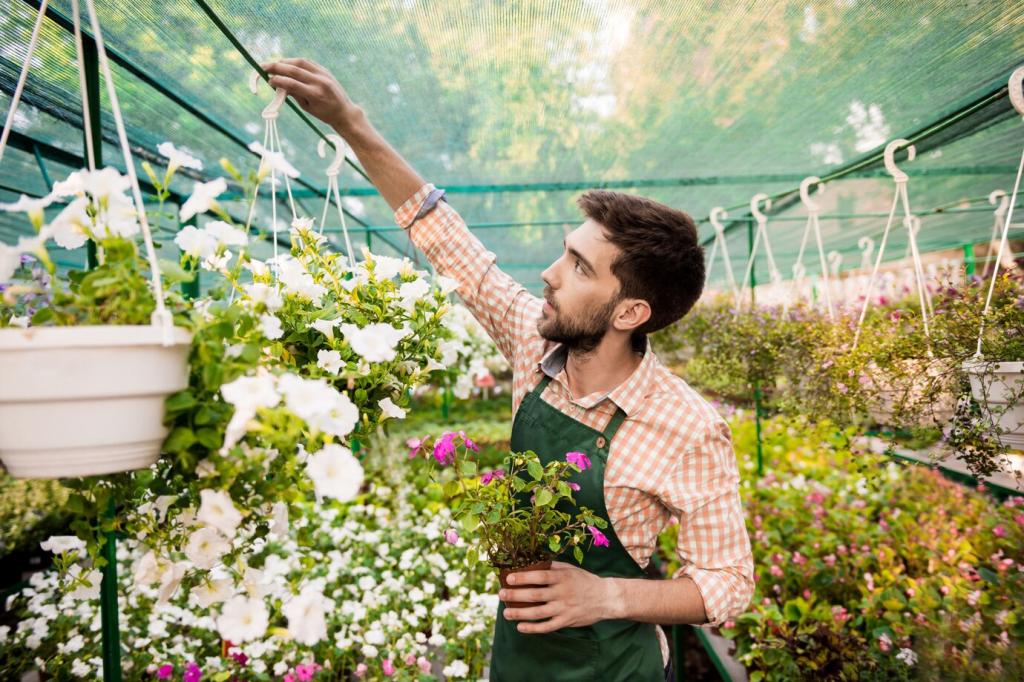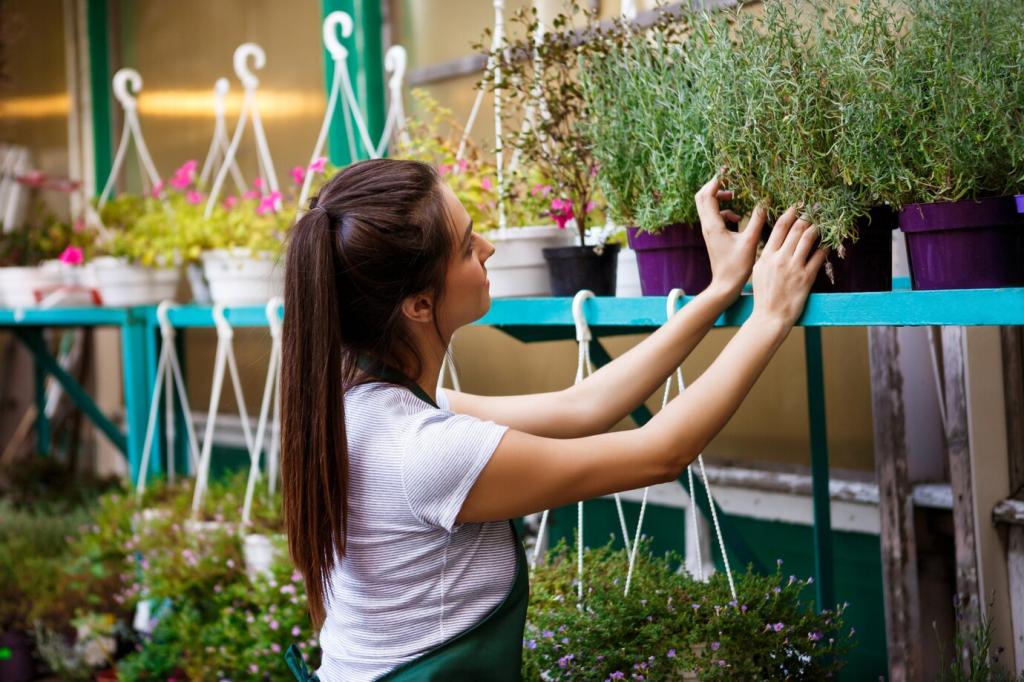
Hydroponics for Urban Gardeners
Hydroponics offers urban gardeners an innovative way to grow fresh, healthy produce right at home or in small spaces usually not suited for traditional soil gardening. This soil-free approach uses nutrient-rich water solutions to nourish plants, making it ideal for balconies, rooftops, and indoor environments. It removes many obstacles city dwellers face, such as limited outdoor space, poor soil quality, or seasonal restrictions. As urban landscapes continue to expand, hydroponics presents a sustainable and flexible gardening solution, empowering individuals to take control of their food production and enjoy gardening no matter where they live.
The Science Behind Hydroponics
At its core, hydroponics relies on the principle that plants do not require soil, but rather the minerals and resources traditionally found in soil. By dissolving these nutrients in water, hydroponic systems deliver everything a plant needs directly to its roots, eliminating the intermediary role of soil. Modern hydroponic setups often employ pumps, timers, and aeration devices to maintain a carefully controlled environment. By doing so, gardeners can precisely regulate factors like pH levels and nutrient concentration, promoting healthier, more vigorous growth and higher yields, which is especially beneficial in constrained urban settings.
Water Efficiency and Conservation
One of the major advantages of hydroponics for city gardeners is its ability to conserve water. Unlike conventional soil gardening, where a significant portion of water is lost to evaporation or runoff, hydroponic systems recycle water within closed loops, drastically reducing overall usage. This makes hydroponics especially attractive in urban areas where water resources may be limited or costly. For those concerned about sustainability, hydroponics offers a practical solution to minimize their gardening footprint while still producing ample, high-quality crops, further supporting urban food security and responsible resource management.
Adaptability to Urban Spaces
Hydroponic gardening is exceptionally adaptable and can be integrated into a variety of unconventional urban settings. From compact vertical gardens in apartment kitchens to expansive rooftop greenhouses, hydroponics opens up possibilities for cultivating fresh plants where soil gardening simply is not viable. Many modular systems are available for beginners, allowing for easy installation and expansion as skills develop. This flexibility ensures that urban gardening enthusiasts can tailor their hydroponic setups to fit any available space, regardless of shape or size, effectively greening even the densest city environments.
Getting Started with Urban Hydroponics
Selecting a suitable hydroponic system is crucial and depends largely on available space, personal experience, and the type of plants you wish to grow. Simple setups, such as deep water culture or nutrient film technique, are popular among urban hobbyists due to their ease of assembly and low maintenance requirements. For those with more ambition or available space, vertical towers or automated systems can maximize yields and minimize manual labor. Regardless of the chosen design, the key is to match your system to both your environment and your gardening goals, allowing for a rewarding and manageable urban hydroponic experience.
Certain plants thrive particularly well in hydroponic systems, making them popular choices for urban gardeners. Leafy greens like lettuce, spinach, and kale mature quickly and require little space, while herbs such as basil, cilantro, and mint grow vigorously and offer immediate culinary rewards. Tomatoes, peppers, and strawberries are also commonly cultivated, though they may require slightly more system complexity and support structures. Urban gardeners are encouraged to start with easy-to-grow species before branching into more challenging varieties, ensuring early success and building confidence as they expand their hydroponic repertoire.
Maintaining a hydroponic garden requires regular monitoring of water, nutrient levels, and system cleanliness. Urban conditions, such as fluctuating indoor temperatures or limited natural light, may present unique challenges that require creative solutions. Routine tasks include checking pumps and tubing, adjusting nutrient solutions, and watching for signs of plant stress or disease. Troubleshooting often involves minor adjustments, such as correcting pH imbalances or increasing airflow. With practice, urban hydroponic gardeners become adept at identifying and resolving issues promptly, ensuring healthy and productive gardens throughout the year.

Benefits of Hydroponics in the City
Sustainable Food Production
Hydroponics empowers urban residents to produce consistent, high-quality food right where they live, cutting down on the need for long-distance transportation and storage. This localized approach means that more nutrients are preserved in the final harvest, and the environmental costs associated with traditional farming and distribution are minimized. Additionally, hydroponic gardening supports pesticide reduction, as controlled indoor environments reduce pest problems and eliminate the need for harsh chemicals. This sustainable food production model significantly aids in reducing the overall carbon footprint of city-dwelling consumers while providing them with fresher and healthier meals.
Year-Round Gardening
One of the standout advantages of hydroponics in urban settings is the ability to garden throughout the entire year. Unlike traditional soil gardening, which is often limited by seasonal changes or unpredictable weather, hydroponic systems are minimally impacted by external conditions. Controlled lighting, temperature, and humidity ensure that plants can grow and flourish no matter the season. This continuous production cycle is especially valuable in cities with extended winters or harsh climates, offering urban gardeners a reliable source of homegrown produce and maintaining a constant connection to nature regardless of the months outside.
Improved Urban Aesthetics and Wellbeing
Integrating hydroponic systems into urban environments does more than just provide food—it also enhances the look and feel of city spaces. Greenery brings calm and visual appeal to otherwise stark, concrete landscapes, uplifting both public and private interiors. The presence of living plants has been linked to improved air quality, reduced stress, and greater overall happiness. For urbanites, tending to a hydroponic garden can be therapeutic, providing a welcome break from the fast-paced rhythm of city life and encouraging mindfulness and healthy routine.
